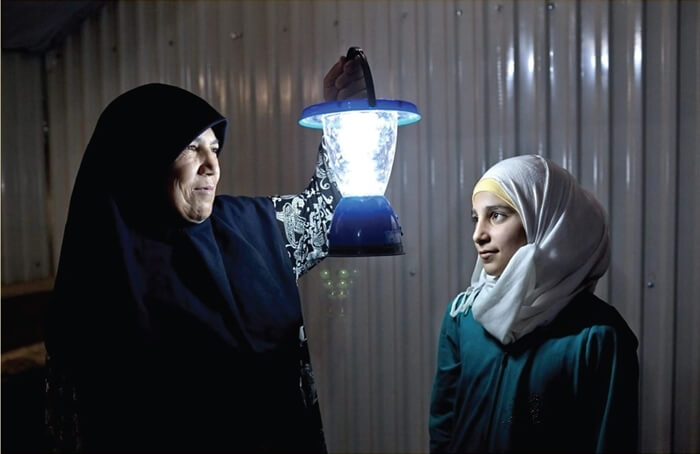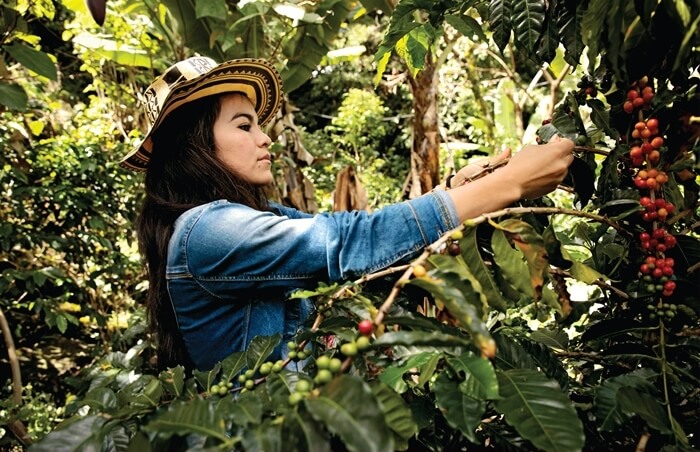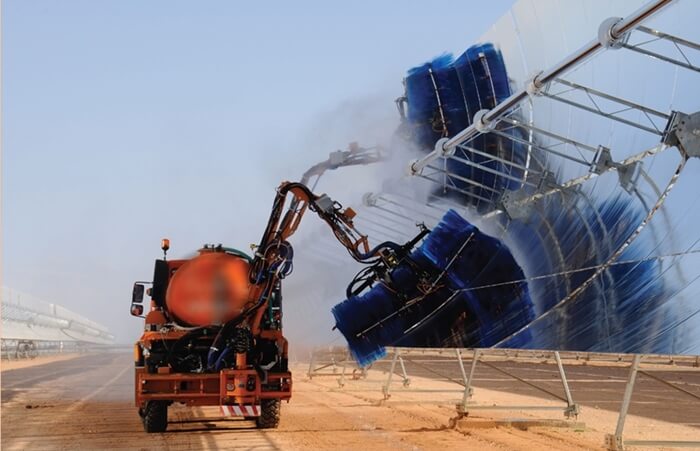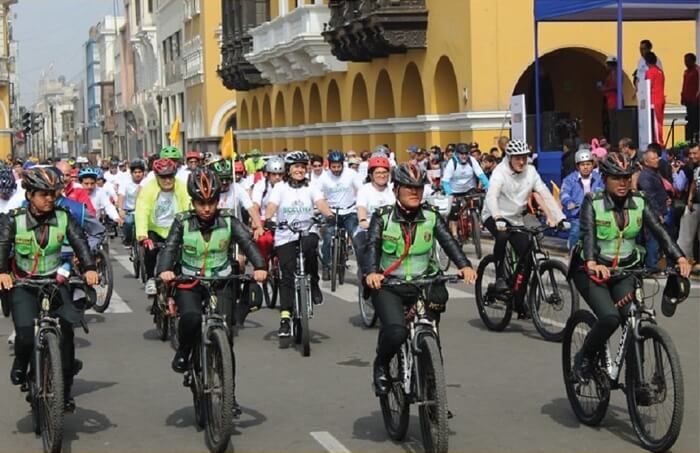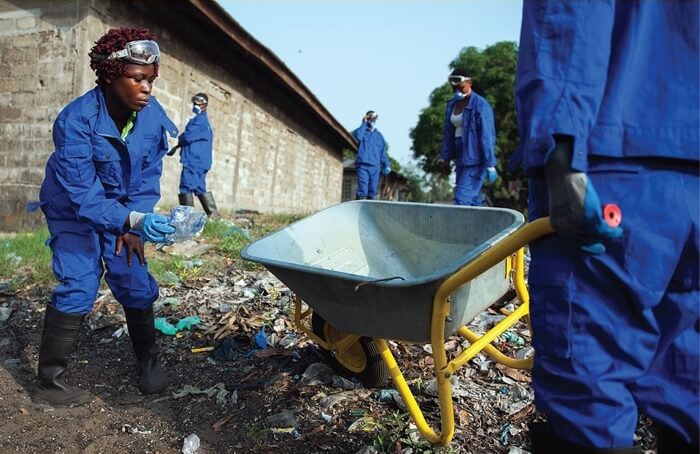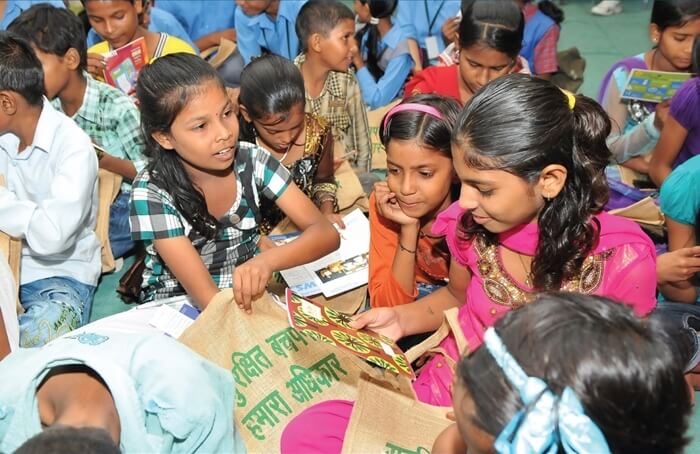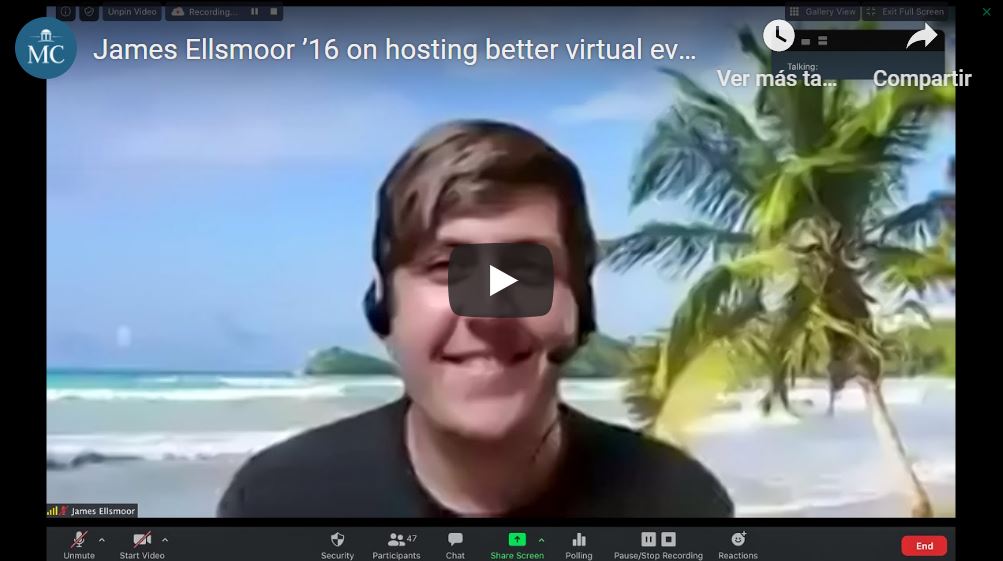Excerpt from i-d.vice.com
In the Southern part of the vast Caribbean Sea, just off the coast of Venezuela, lies a small island group not as widely known as its neighbours. It’s the ABC-islands – made up of Aruba, Bonaire and Curaçao – and each tops the other one in terms of its splendour. From sandy white beaches and waving palm trees, to flamingoes, beach resorts and coral reefs – at first glance all three islands fall nothing short of Arcadia. Upon closer examination, however, cracks start to appear. Beyond those touristy waterfronts, houses have fallen into disrepair, nondescript real estate has started to encroach, and an infrastructure of a once flourishing industry is laying bare and unused.
Just like many islands in the region, this group was once a strategic transit port for the trans-Atlantic slave trade. As a result, it has always been a crossroad of influences, be that from enslaved Africans, indigenous communities or colonial powers – leaving deeply entrenched cultural, political and economic traces to this day.
Photographer Gilleam Trapenberg (1991) was born and raised in Curaçao. Driven by a lack of educational opportunities, at age 19, he decided to come to the Netherlands to study photography at the Royal Academy of Arts in The Hague. It’s something many youngsters on the island do: crossing the Atlantic to pursue a higher education in the Netherlands – the island’s former coloniser – with whom it has strong ties to this day. Once arrived, a large portion of the Caribbean students find themselves facing culture shock and a feeling of displacement.

Island Innovation is a social enterprise and digital media company at the intersection of sustainable development and communications, offering specialised services across various sectors. We bring together the private sector, government, utilities, NGOs and universities to advance innovation for sustainability and prosperity in islands worldwide.

